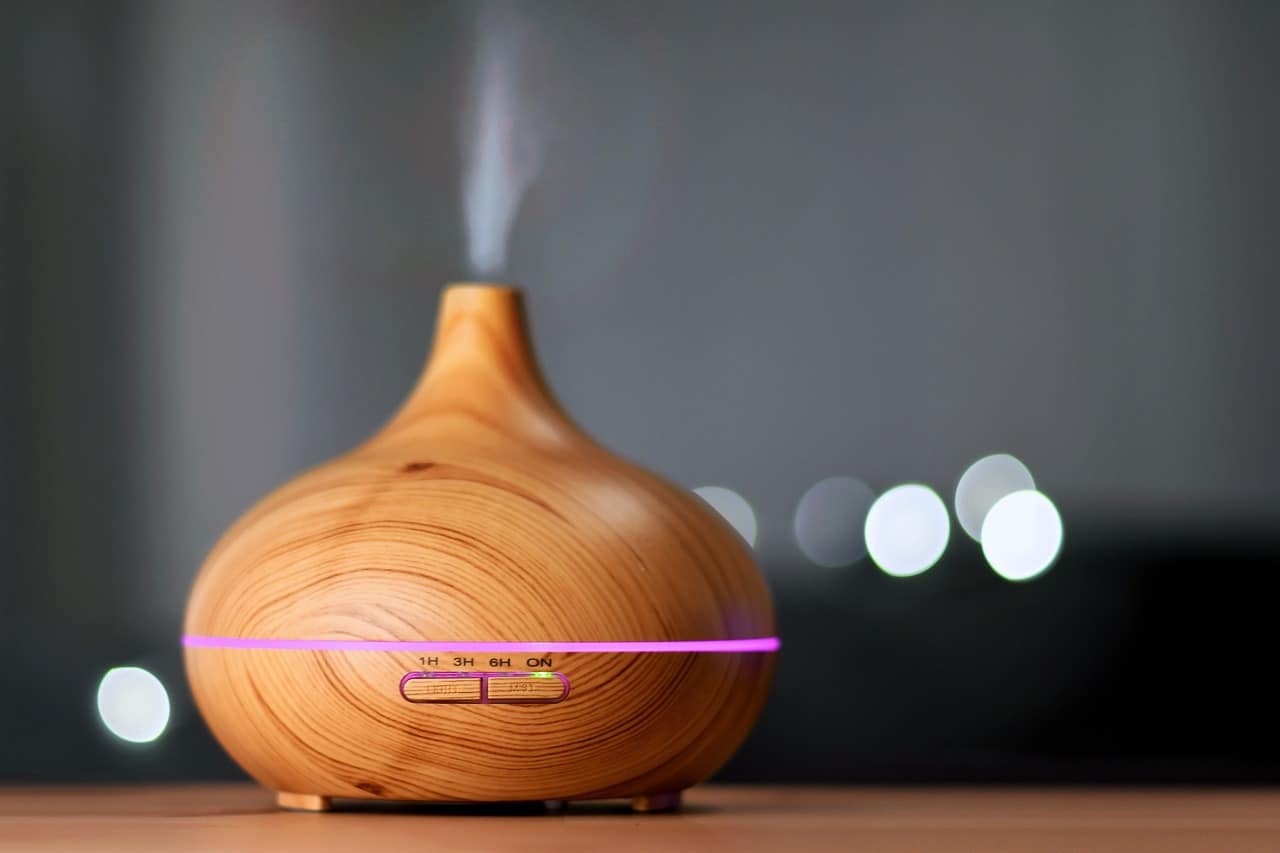Humidifiers are meant to add moisture to the indoor air to increase the humidity of dry air. Dry air is often associated with problems like dry sinuses, cracked lips, bloody noses, etc. Humidifiers can help with these problems by adding much-needed moisture to indoor air, thereby improving air quality.
But did you know that recent analysis seems to show that humidifiers can help with allergies? Dry air is also known to contain allergens which can be mitigated by adding moisture.
This means that humidifiers might be helpful in reducing sinus inflammation, reducing allergy symptoms, and helping with non-allergy sinus problems by improving the overall health of the body’s mucous membranes. In fact, cool-mist humidifiers can also help with symptoms of cold or other respiratory conditions.
Do you need a humidifier?
The best indication of dry air indoors is dry skin, cracked lips, and bleeding from the nose for no reason. These repetitive symptoms are signs that you need a humidifier at your place. However, too much humidity can cause many other problems, too, including the growth of microorganisms that thrive in moist conditions.
Air moisture varies from season to season, usually low in the winter and high in the summer. High moisture levels in the air make the space feel stuffy and also cause condensation on surfaces like floors and walls.
Relative humidity (RH)
Relative humidity (RH) is the measurement of moisture present in the air. It indicates the amount of water vapor in the air in relation to how cold or hot the air is. The ideal indoor air condition is at a relative humidity of 30-50%. This is considered the most comfortable indoor air condition to stay disease free and healthy.
While our climate controls the RH of air, sometimes indoor air can get too humid or too dry, depending on the weather and other factors like the location of your house. This is when a humidifier comes into the picture, as dry air alleviates the problems of allergies and asthma by making the airways drier.
Hygrometer
A hygrometer measures humidity levels and can also be used to measure indoor air’s moisture content. It looks similar to a thermometer. Hygrometers are easily available at hardware and departmental stores.
Moreover, there are humidifiers available in the market that come with built-in hygrometers so that you can constantly check the humidity levels of indoor air. This is how you can keep indoor humidity within a healthy range.
What are the types of humidifiers?
Humidifiers can be of various types:
- Evaporative humidifiers
- Ultrasonic humidifiers
- Impeller humidifiers
- Steam vaporizer humidifiers
- Cool mist humidifiers
- Warm mist humidifiers
- Central humidifiers
We’ll now discuss the two broad types of humidifiers, depending on how they operate.
Cool-mist humidifiers
Cool-mist humidifiers break up water into tiny-sized particles that enter the air in the form of water vapor. This water starts cold and stays until it cools the indoor air. There are mainly three parts to a cool-mist humidifier. The main function of each part is as follows-
- Impeller: An impeller is a ceramic or metal plate, also known as a diaphragm which vibrates at speeds that are quite high to stir up water into tiny droplets. These water droplets leave the humidifier through an opening to go into the air.
- Ultrasonic: There is a disc immersed in water that spins at extremely high speeds, thereby generating tiny droplets of water in the form of water vapor. The water droplets exit the humidifier to merge into indoor air.
- Evaporators: A fan is used to blow cool air through a wet object which helps moisturize the indoor air. This wet object is usually in the form of a belt or filter.
Warm-mist humidifiers or steam vaporizers
Warm-mist humidifiers, as the name suggests, help in pushing out warm air into the indoor environment. Also known as steam vaporizers, these humidifiers use a power source like an electrical outlet.
The electrical energy is used to heat a container filled with water until it reaches boiling. The boiling water then produces steam that is cooled down and leaves the humidifier through the opening. This opening can also be in the form of a tube through which the steam can be breathed.
The best thing about warm-mist humidifiers is that they can be used along with inhalants or other aromatic substances like essential oils that can be extremely helpful in providing comfort to people suffering from allergies and asthma.
What are the benefits of a humidifier?
A humidifier is used as a moisturizing agent that helps reduce dry air and replace it with some moisture. Dry air becomes a serious problem in the winter, thanks to the cold and dry outdoor air. Sometimes too much use of air conditioners can cause dryness of indoor air. Humidifiers are thus extremely helpful in providing relief to numerous dryness-related diseases and problems, which include-
- Dry or cracked skin
- Cracked lips
- Dry cough
- Nose irritation
- Bloody noses
- Dryness of throat
- Vocal cords irritation
- Headache
- Sinus congestion
- Cold and flu symptoms
- Allergies
- Eczema related problems
- Sinusitis
How to keep your humidifier clean?
Ill-maintained humidifiers instantly become a breeding ground for bacteria and fungi, which can be extremely dangerous when breathed into the lungs. Dirty humidifiers are extremely bad for the indoor environment. Excessively moist environments are easily known to alleviate the problems of allergens further. This can degrade your health by causing other diseases. Some simple ways to keep your humidifier clean are:
- Changing humidifier water regularly
- Using distilled or demineralized water for your humidifier
- Cleaning humidifiers regularly at an interval every three days
- Rinsing the humidifier tank after cleaning
- Keeping the space around humidifiers dry
- Replacing old humidifiers
Conclusion
As discussed above, humidifiers help reduce allergy problems provided they stem from the problem of dry indoor air. However, you may also consider investing in an air purifier to improve the overall air quality. However, do note the humidity levels inside your home before installing a humidifier. It is also essential to clean your humidifier regularly and keep it in top condition.





